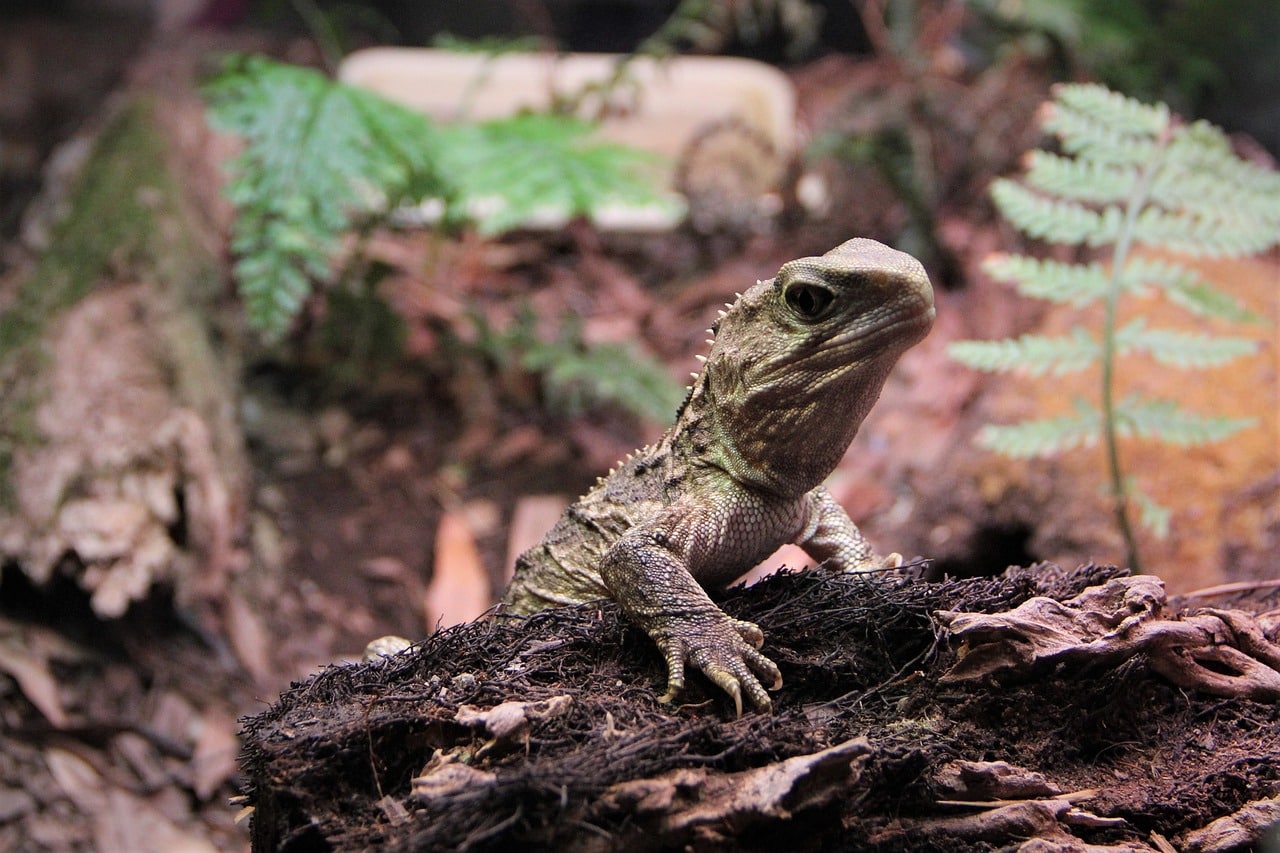 Shutterstock
Shutterstock
Some animals have discovered the secret to longevity, living far longer than humans, and in some cases, even outliving entire generations. While humans may be obsessed with the concept of immortality, the animal kingdom has produced some fascinating creatures that have thrived for centuries or more. From turtles that outlive their human companions to sharks that roam the oceans for over a century, these remarkable animals make us rethink the limitations of age and what it means to grow old. These astonishing creatures continue to remind us that the mysteries of life and longevity are far more complex than we imagine.
Bowhead Whale
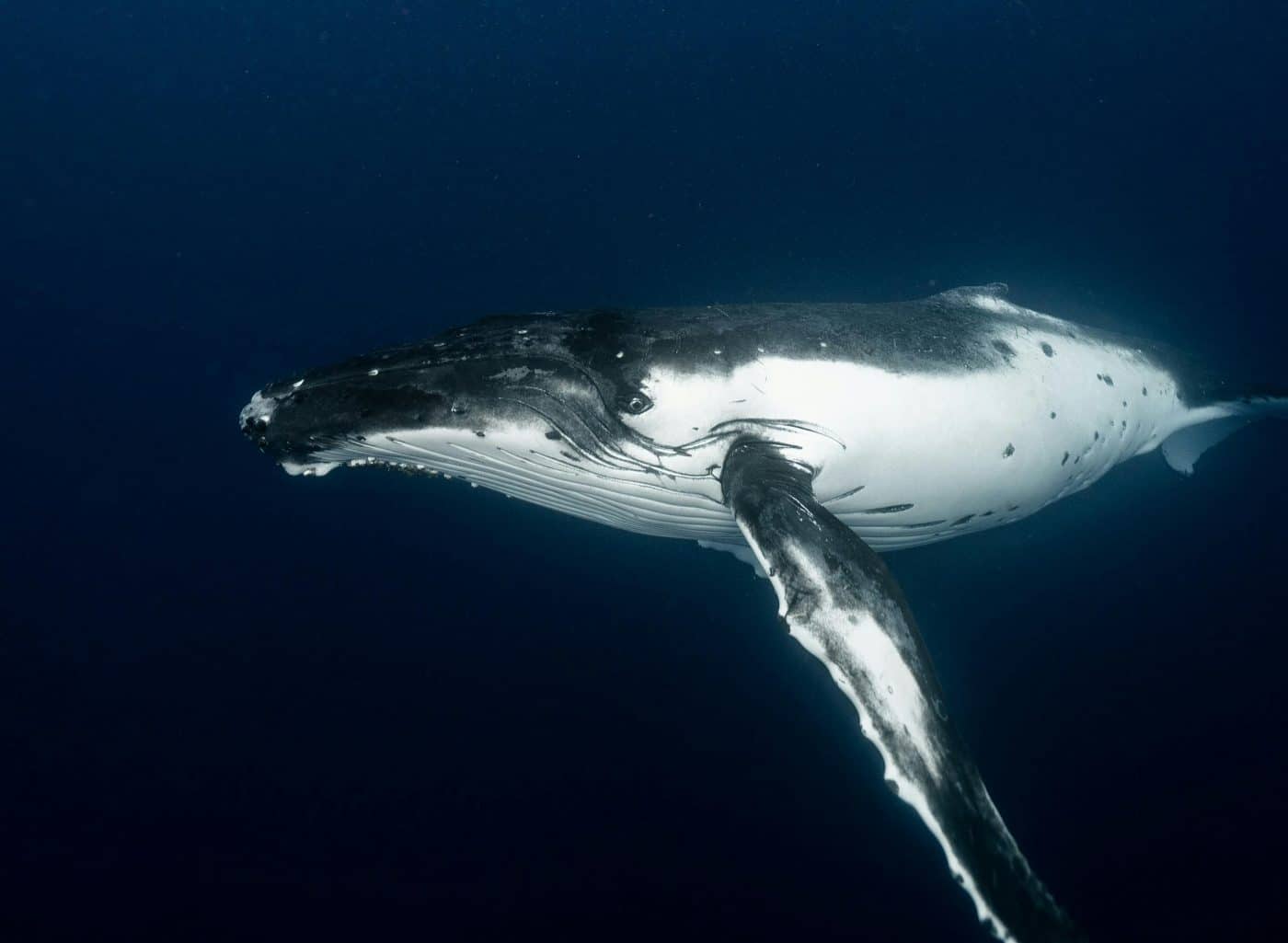 Shutterstock
Shutterstock
The bowhead whale is one of the longest-living mammals on Earth, with some individuals believed to live for over 200 years. These incredible marine mammals are known for their thick blubber and massive heads, which help them survive in the icy waters of the Arctic and sub-Arctic. Bowhead whales have an incredibly slow metabolism, contributing to their impressive longevity. Their long lives have been confirmed through the analysis of harpoon fragments found in their bodies, revealing their astonishing ages. The bowhead whale is a true marvel of nature, defying the typical lifespan of marine mammals and showing how environmental adaptation can contribute to extraordinary lifespans.
Greenland Shark
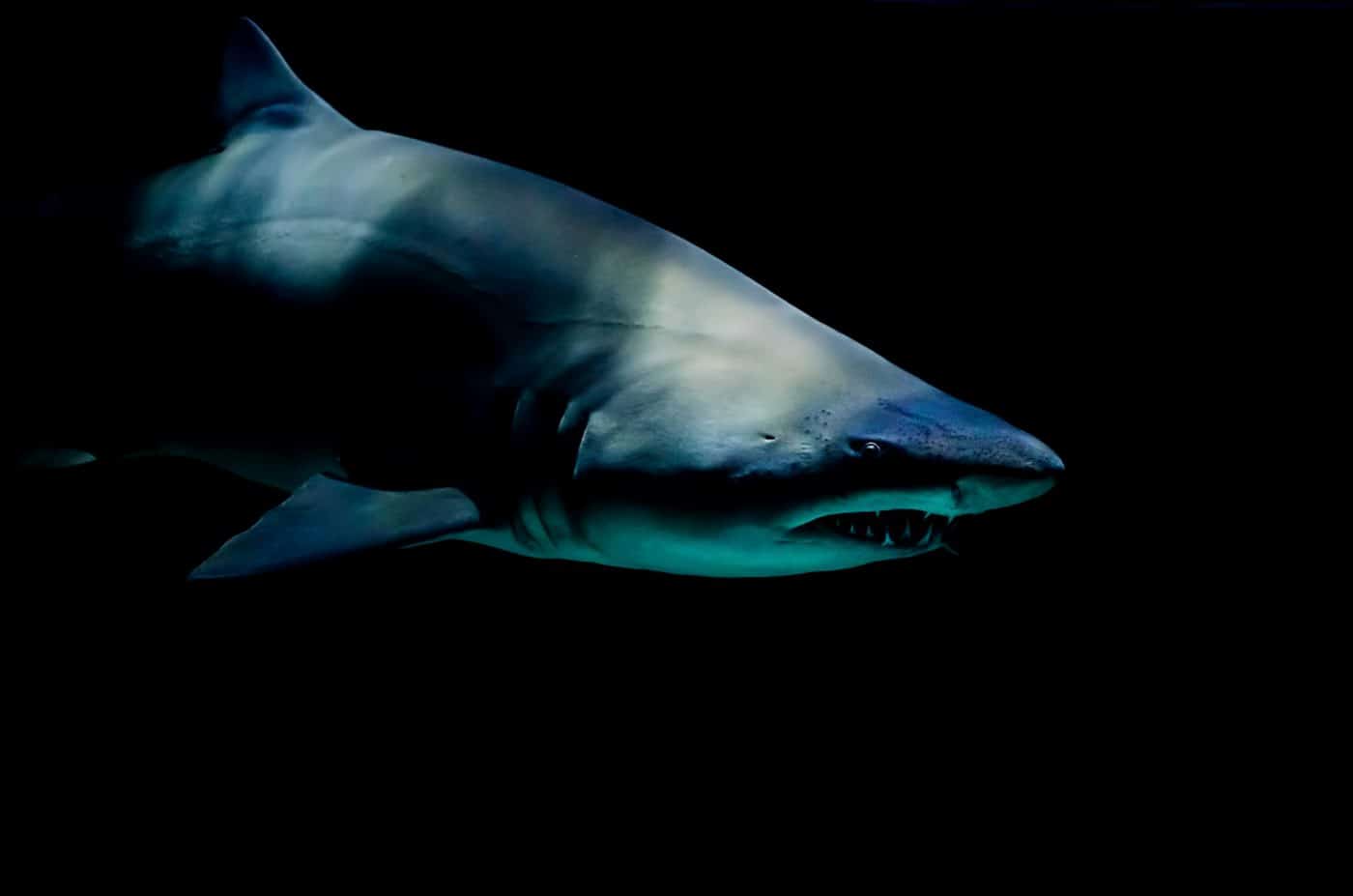 Shutterstock
Shutterstock
The Greenland shark is a deep-sea dweller that has stunned scientists with its ability to live up to 400 years or more, making it the longest-living vertebrate on the planet. These sharks grow at an incredibly slow rate, and their lengthy lives are attributed to the frigid waters of the Arctic where they reside. The slow metabolism and cold temperatures likely contribute to the Greenland shark’s remarkable longevity. Their age is determined by examining the eye lenses, with some individuals having lived through centuries, making them truly unique among marine creatures.
Aldabra Giant Tortoise
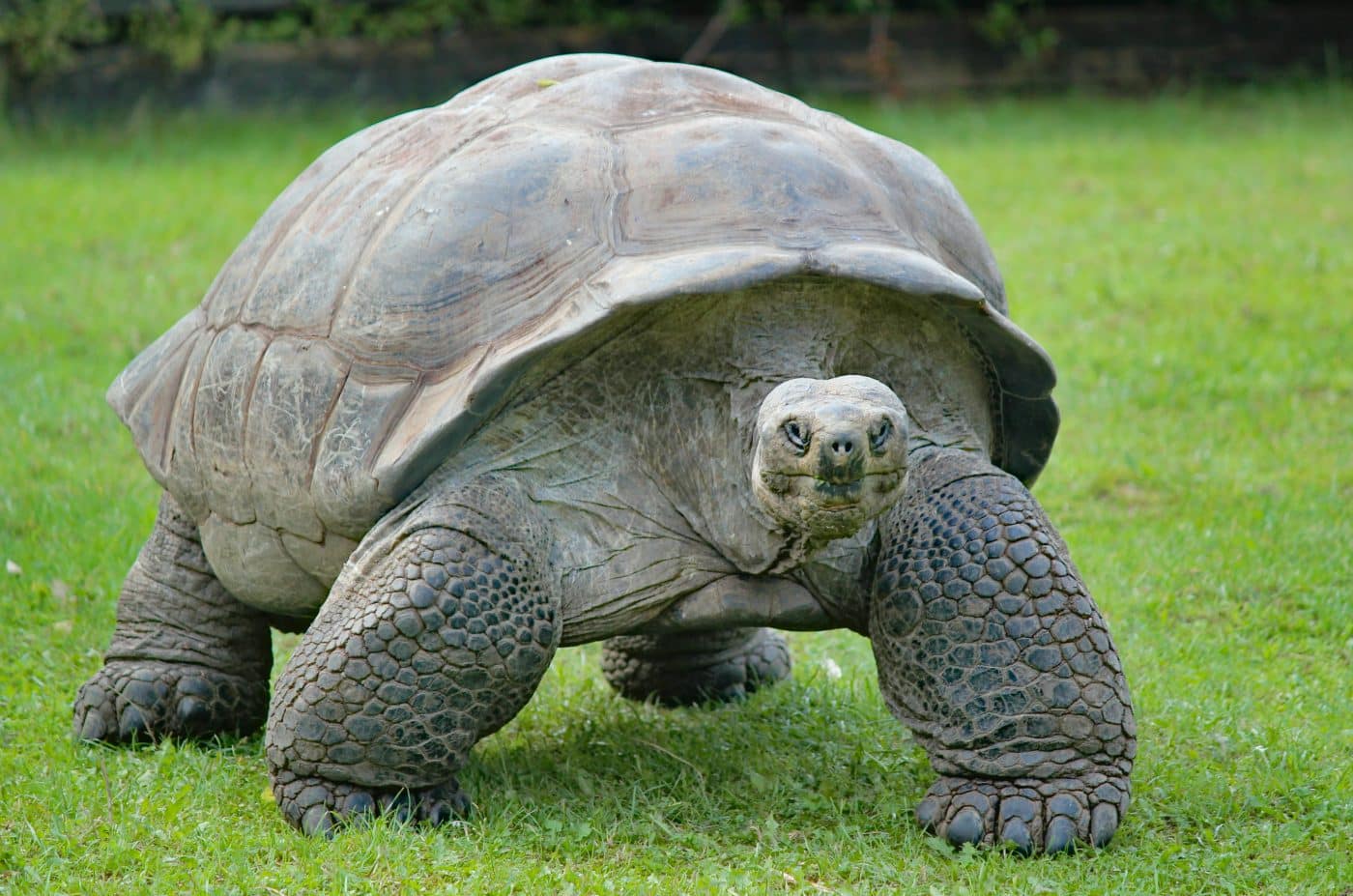 Shutterstock
Shutterstock
The Aldabra giant tortoise is a legendary creature known for its slow pace and incredibly long lifespan. These tortoises can live well over 100 years, with some individuals reaching an age of 150 years or more. Native to the Aldabra Atoll in the Indian Ocean, these reptiles are famous for their resilience and ability to survive harsh conditions. With their slow metabolisms and calm, steady lifestyle, these tortoises defy the typical lifespan of most land animals. Their prolonged life allows them to witness the slow, evolutionary changes of their environment and the world around them.
Red Sea Urchin
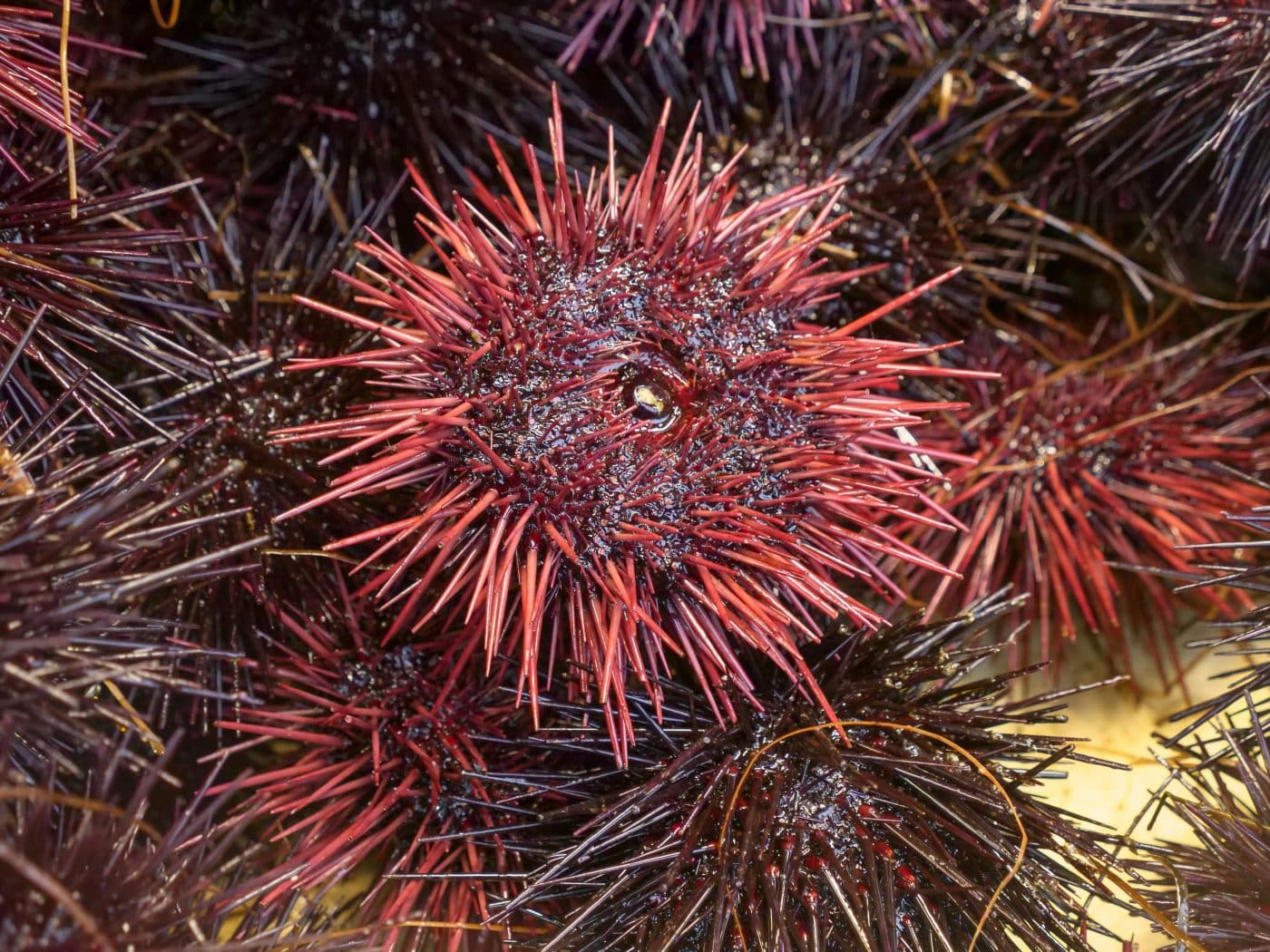 Shutterstock
Shutterstock
The red sea urchin is a marine creature that can live for up to 200 years, making it one of the longest-living invertebrates in the ocean. These spiny, slow-moving creatures are found along the coastlines of the Pacific Ocean, where they thrive in rocky crevices. The sea urchin’s ability to survive for such long periods is partly due to its slow growth and minimal metabolic demands. Scientists have studied these creatures to understand the secrets behind their impressive lifespans, revealing that a lack of predators and a stable environment contribute to their long lives.
Macaw Parrot
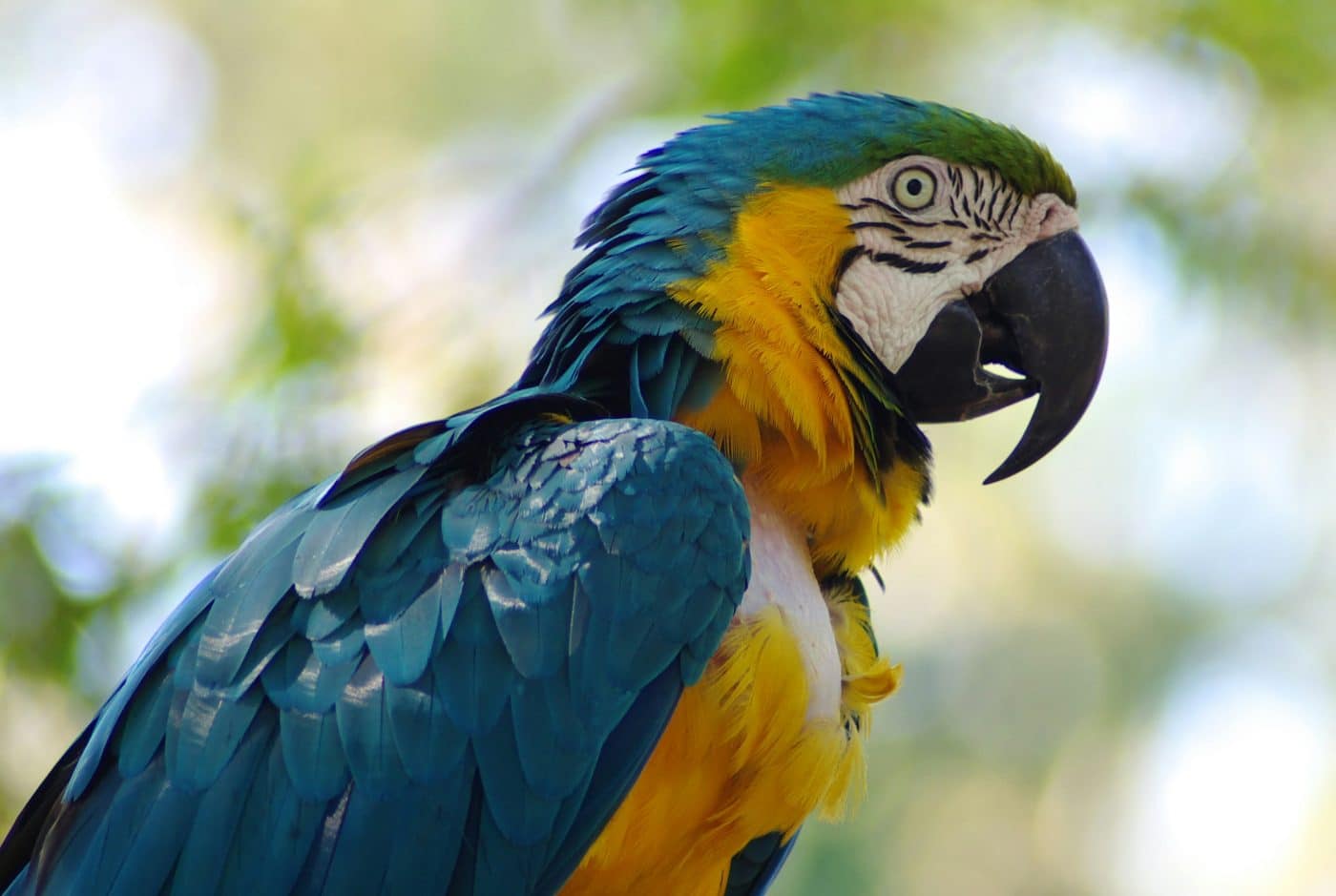 Shutterstock
Shutterstock
The macaw parrot is an exceptionally long-lived bird that can live for up to 80 years in the wild, with some individuals living even longer in captivity. These colorful birds are known for their intelligence, strong social bonds, and ability to mimic human speech. In the wild, their longevity is influenced by their complex social interactions and their relatively low vulnerability to predators. Their lifespan is also helped by the stable environments of tropical rainforests where they reside. With their vibrant plumage and strong personalities, macaws are a striking example of animals that can outlive human generations.
Koi Fish
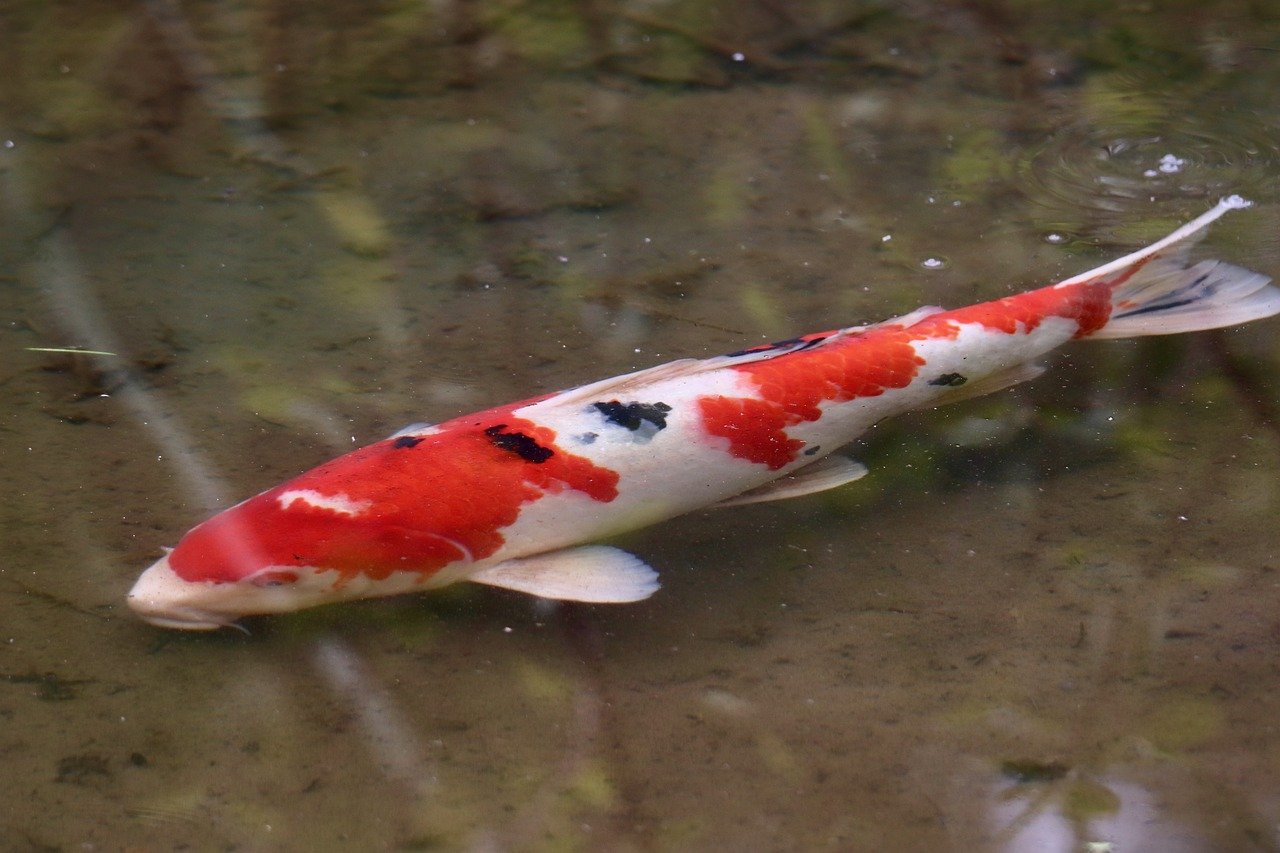 Shutterstock
Shutterstock
Koi fish, particularly the ones raised in optimal conditions, can live for over 200 years. These ornamental fish are often associated with Japanese culture, where they are symbols of strength and longevity. The oldest koi ever recorded, named Hanako, lived an astounding 226 years. The longevity of koi fish can be attributed to their careful breeding, the quality of their care, and their slow rate of aging. While most koi typically live for 30 to 50 years, certain individuals can surpass expectations, making them one of the longest-living creatures in the world.
Tuatara
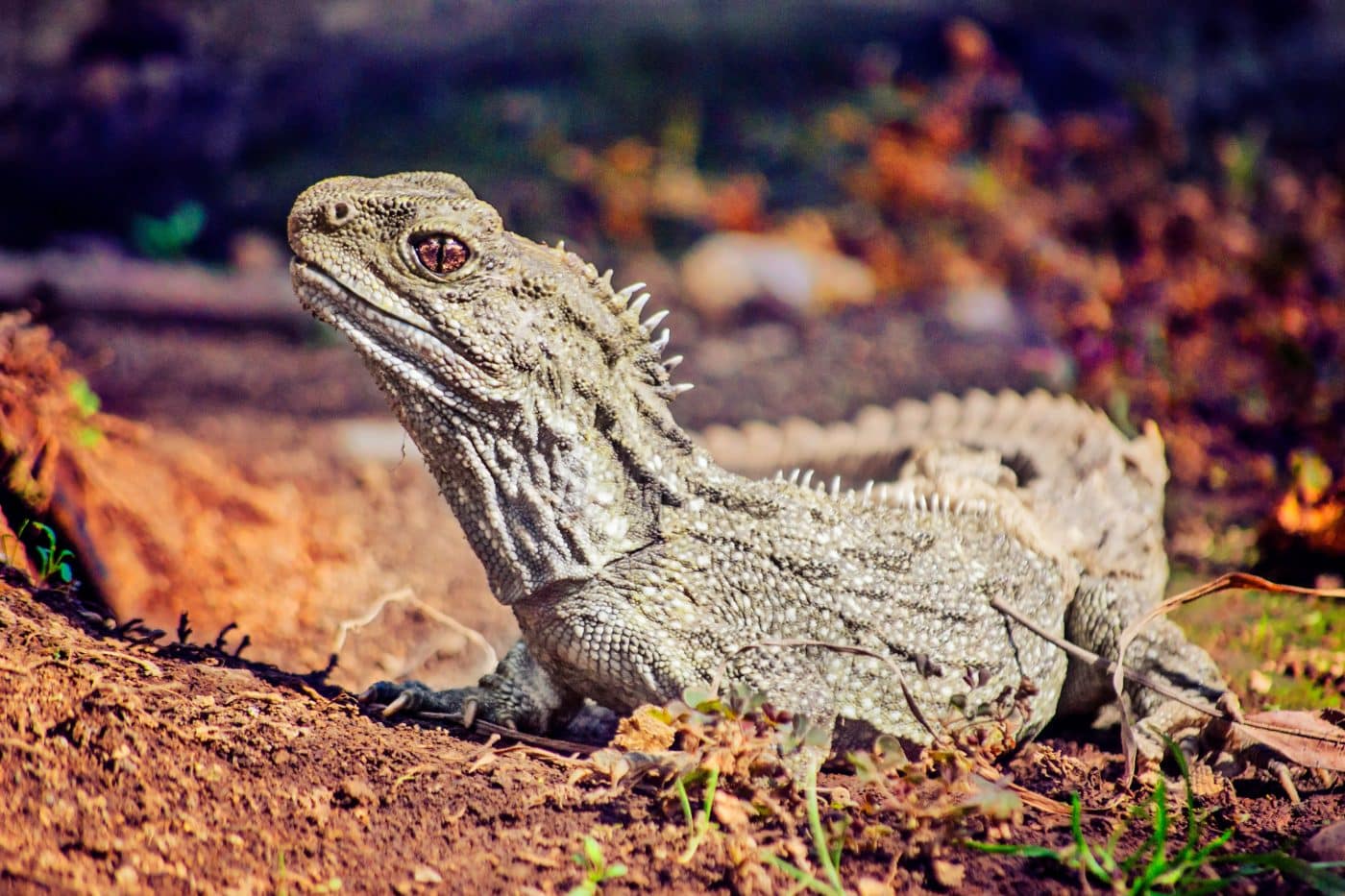 Shutterstock
Shutterstock
The tuatara is a reptile that’s often referred to as a “living fossil.” Native to New Zealand, this creature has remained relatively unchanged for around 200 million years. The tuatara’s remarkable longevity is one of its defining characteristics; it can live for up to 100 years. Unlike most reptiles, tuataras have a very slow rate of growth and metabolism, contributing to their long lifespan. They also reproduce slowly, with females only mating every two to five years. The tuatara is a fascinating example of how ancient animals can survive long enough to witness the changes of the world over time.
Longear Sunfish
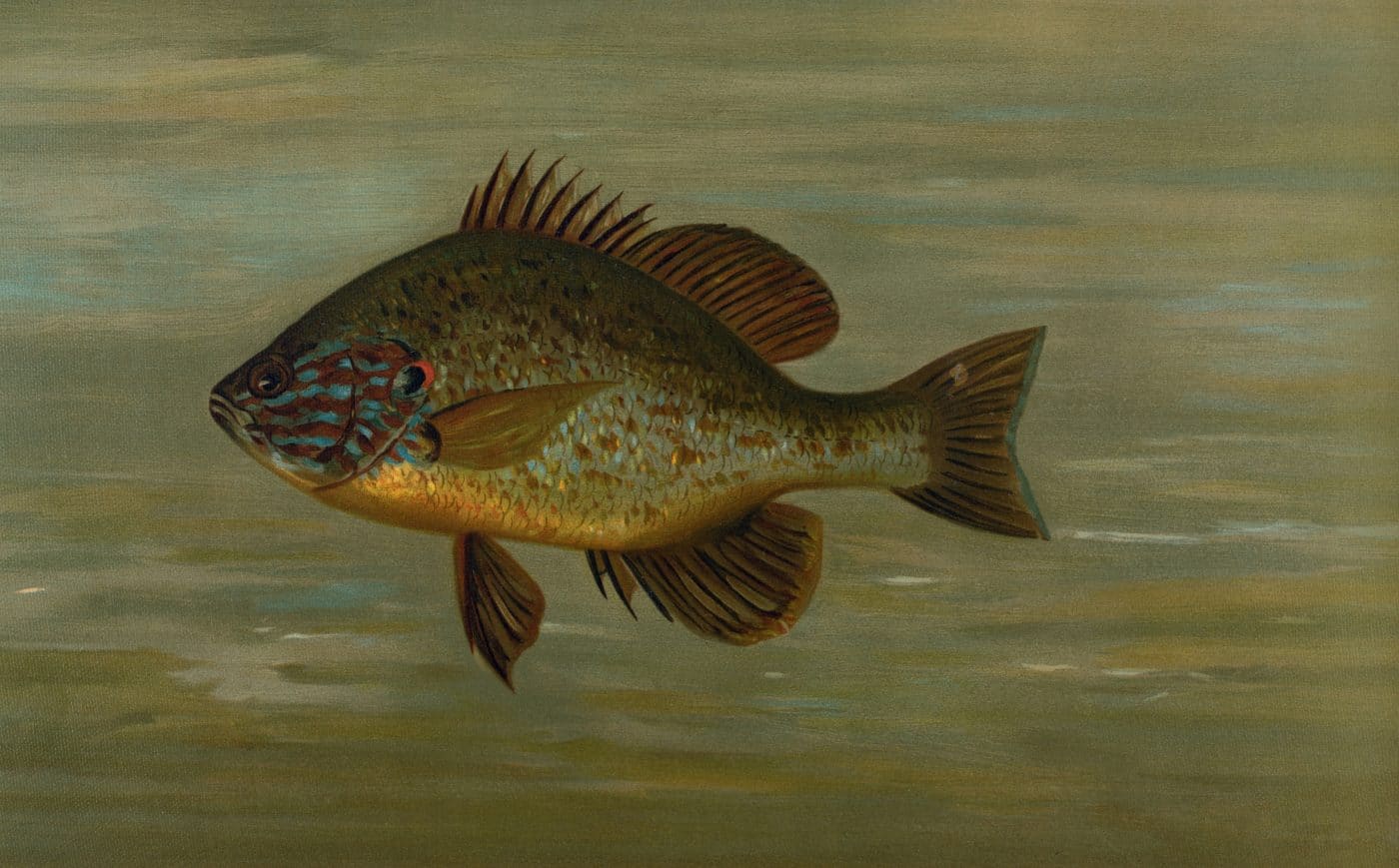 Shutterstock
Shutterstock
The longear sunfish is a species that is known for its impressive lifespan, which can extend up to 100 years in certain individuals. These freshwater fish are often found in the rivers and lakes of North America, where they are well-adapted to survive for long periods. The longear sunfish’s slow growth and ability to thrive in a variety of environments contribute to its remarkable longevity. Their long lifespan allows them to play important roles in their ecosystems, living long enough to pass down critical genetic information across generations.
Arctic Tern
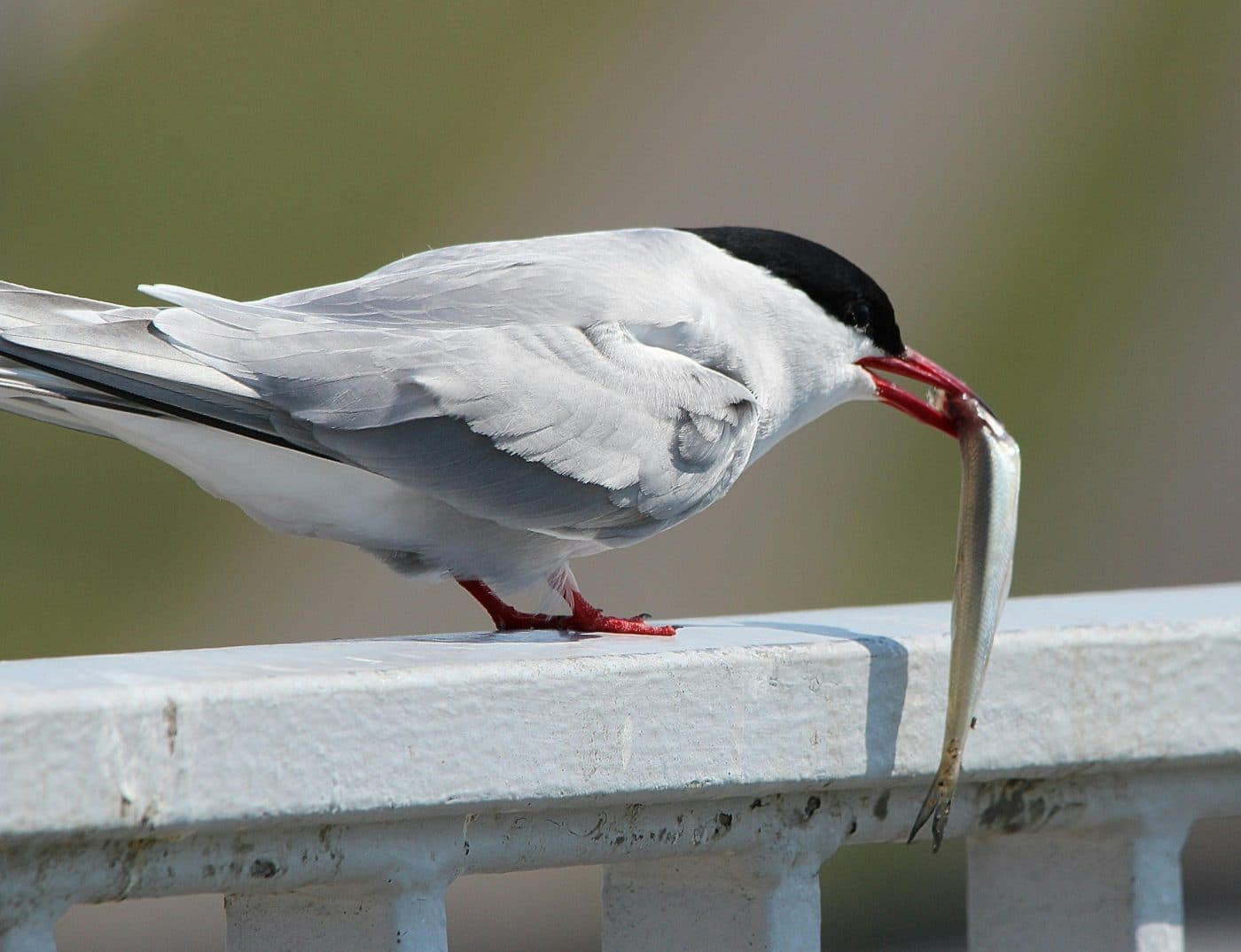 Shutterstock
Shutterstock
The Arctic tern is a migratory bird that has one of the longest migrations of any animal on Earth, traveling up to 70,000 kilometers annually. This remarkable bird also boasts an impressive lifespan of around 30 years, during which it spends more time in the air than on the ground. The Arctic tern’s ability to fly long distances and endure harsh conditions has contributed to its longevity, making it a fascinating example of endurance. Their ability to avoid predators and the ample food sources they find in the Arctic and Antarctic regions are key to their extended lives.
Ocean Quahog Clam
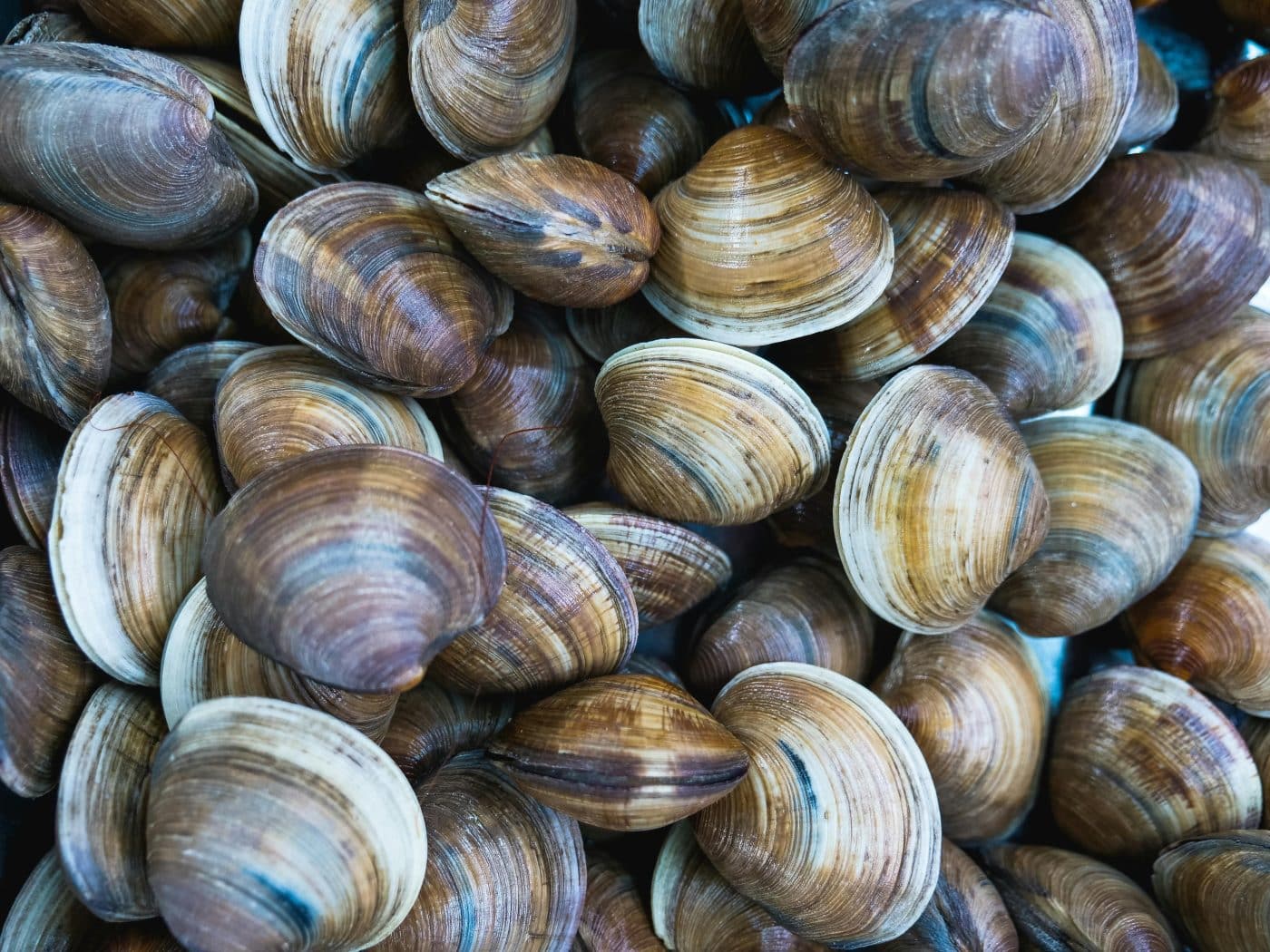 Shutterstock
Shutterstock
The ocean quahog clam, known for its slow-growing nature, can live for over 500 years, making it one of the longest-living creatures on Earth. These bivalve mollusks, found in the North Atlantic Ocean, grow slowly, sometimes taking hundreds of years to reach maturity. Their impressive lifespan has been documented through carbon dating, with the oldest clam found being over 500 years old. These clams live in the deep ocean, where their slow metabolism and low environmental stressors contribute to their prolonged lives.
Elephant
 Shutterstock
Shutterstock
Elephants are well-known for their intelligence and social structures, and they also happen to have long lifespans. African elephants, in particular, can live up to 70 years in the wild. The longevity of elephants is attributed to their large size and complex social networks, which help protect them from predators. These majestic creatures experience long childhoods, maturing slowly over decades. Their close-knit herds and communication systems also contribute to their ability to survive and thrive for such long periods in their natural habitats.
The Real Fountain Of Youth
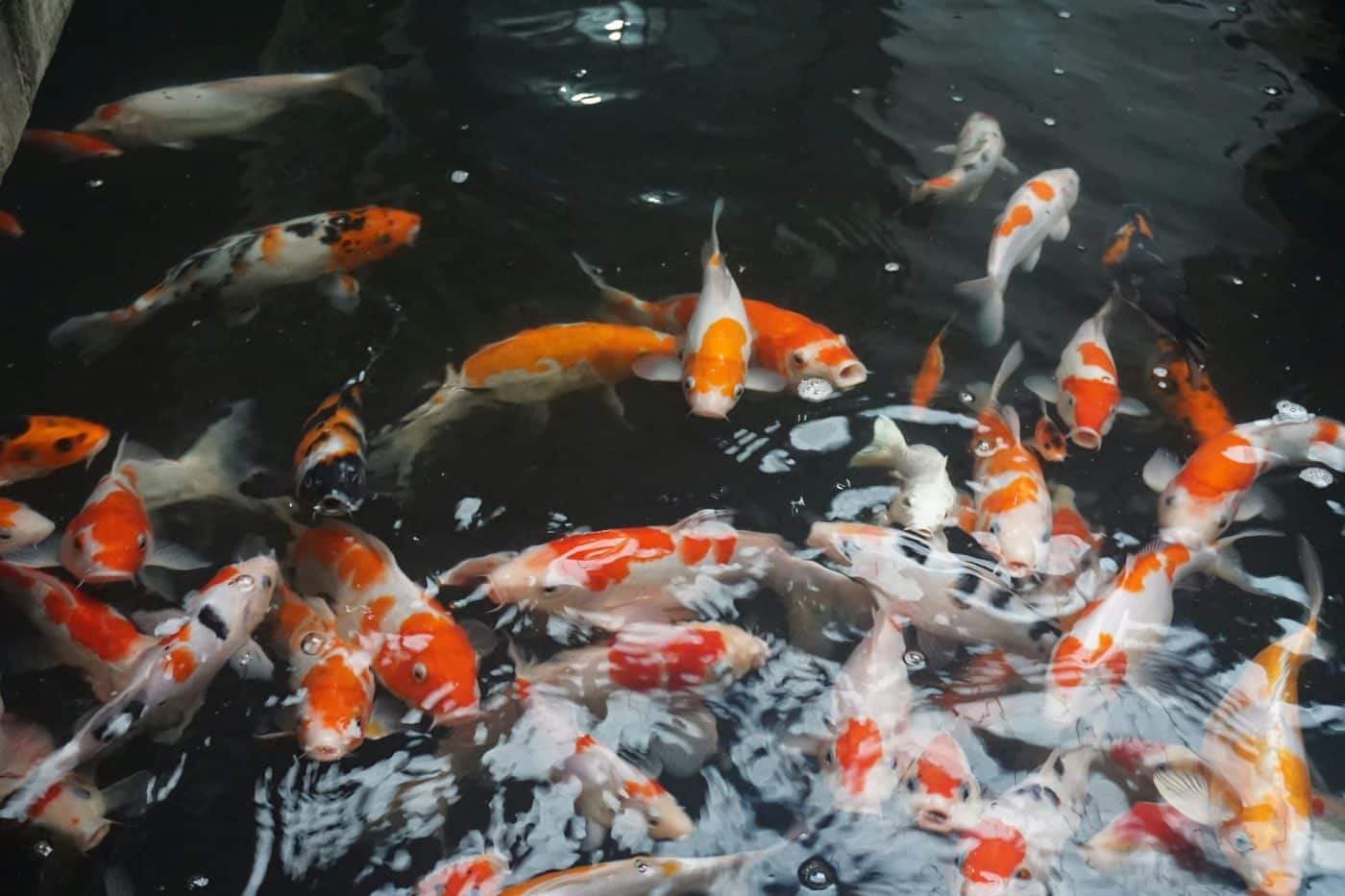 Shutterstock
Shutterstock
Nature shows us how creatures, so different from us, can surpass us in one important aspect—longevity. From slow-moving turtles to deep-sea sharks and nearly invisible sea creatures, these animals embody resilience, patience, and survival. While humans search for the fountain of youth, nature has already figured it out, offering creatures that outlive us for decades or even centuries. So, next time you’re facing a mid-life crisis, remember: the secret to longevity might just be moving slower and living with less stress—just like these incredible animals!
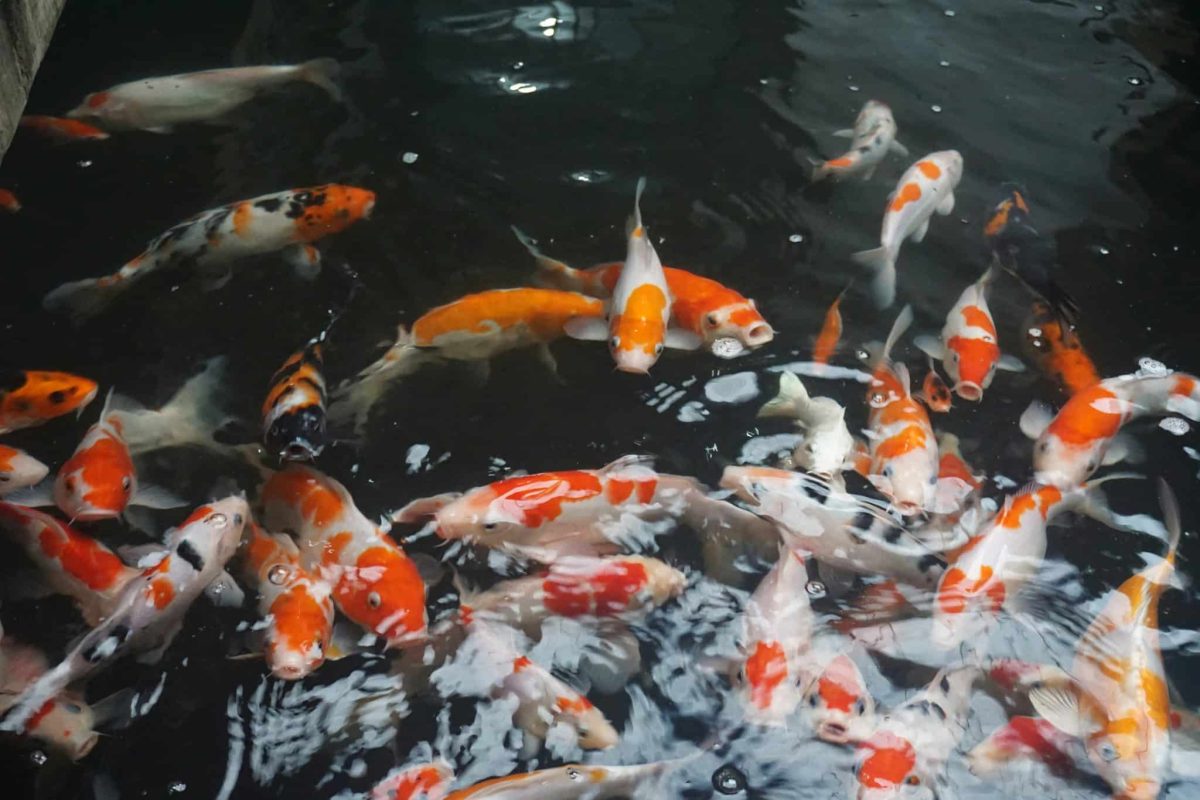
Whats up this is kinda of off topic but I was wanting to know if blogs use WYSIWYG editors or if you have to manually code with HTML. I’m starting a blog soon but have no coding knowledge so I wanted to get guidance from someone with experience. Any help would be greatly appreciated!
I believe this internet site has some really great information for everyone : D.